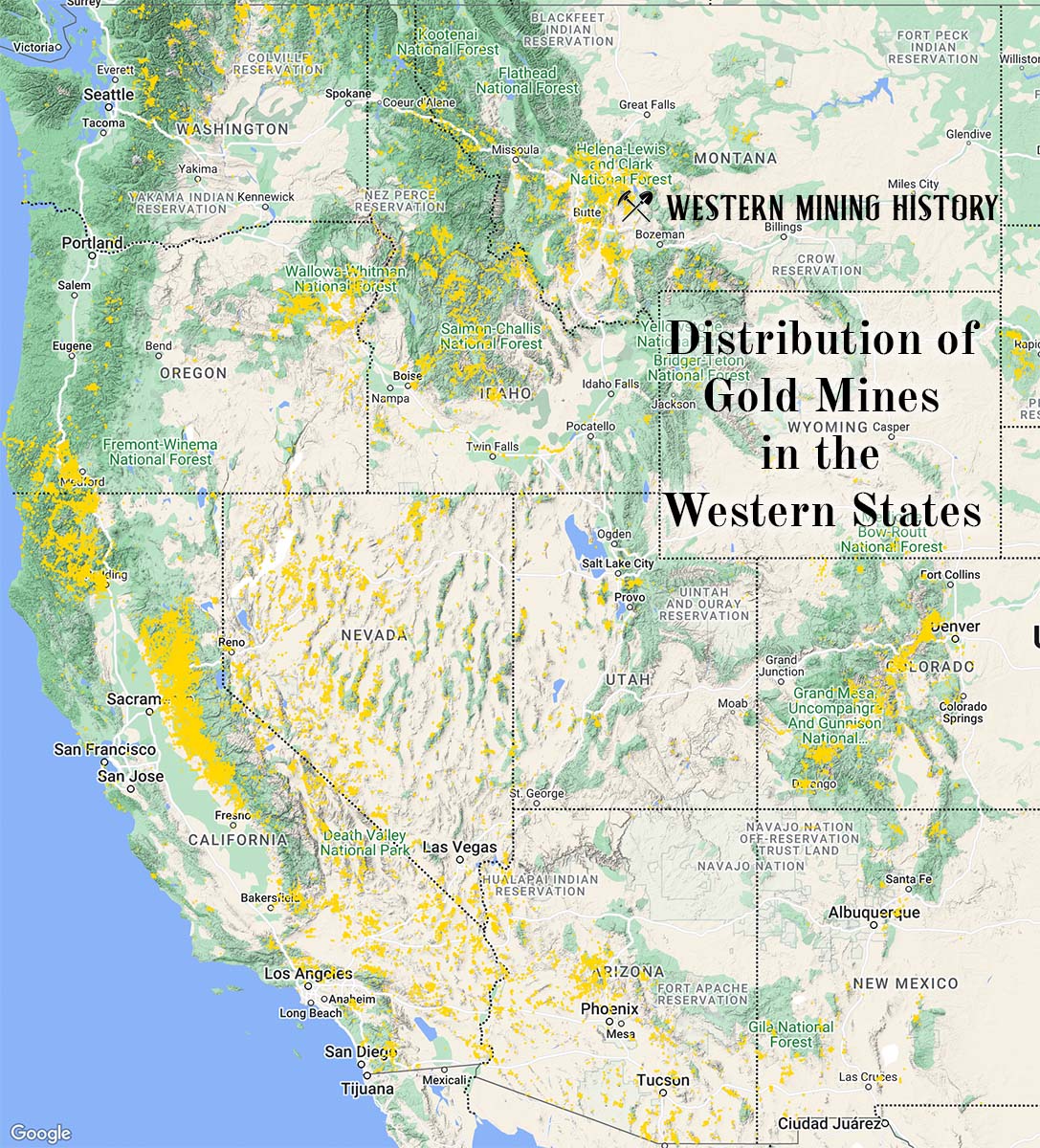The Beach Vein is a silver and gold mine located in Alaska.
About the MRDS Data:
All mine locations were obtained from the USGS Mineral Resources Data System. The locations and other information in this database have not been verified for accuracy. It should be assumed that all mines are on private property.
Mine Info
Beach Vein MRDS details
Site Name
Primary: Beach Vein
Commodity
Primary: Silver
Primary: Gold
Secondary: Mercury
Secondary: Zinc
Secondary: Lead
Secondary: Arsenic
Secondary: Copper
Location
State: Alaska
District: Alaska Peninsula
Land Status
Not available
Holdings
Not available
Workings
Not available
Ownership
Not available
Production
Not available
Deposit
Record Type: Site
Operation Category: Prospect
Operation Type: Unknown
Years of Production:
Organization:
Significant:
Physiography
Not available
Mineral Deposit Model
Model Name: Polymetallic veins
Orebody
Not available
Structure
Not available
Alterations
Alteration Type: L
Alteration Text: The alteration consists of argillization and minor silicification.
Rocks
Not available
Analytical Data
Not available
Materials
Ore: Sphalerite
Ore: Pyrite
Ore: Gold
Ore: Galena
Ore: Chalcopyrite
Gangue: Quartz
Comments
Comment (Deposit): Model Name = Epithermal gold veins, Polymetallic veins (Cox and Singer, 1986; model 22c)
Comment (Deposit): Other Comments = This prospect is located on land patented by, or interim-conveyed to, the Aleut Corporation.
Comment (Geology): Age = Eocene or younger.
Comment (Reference): Primary Reference = Peterson and others, 1982
Comment (Workings): Workings / Exploration = In 1982 UNC Teton Exploration Drilling Company mapped the prospect, dug 421 feet of trenches, collected 105 channel and 25 grab samples, and conducted 2.8 line-miles of VLF-EM survey. The highest values from trench channel samples are 4,937 ppm gold, 14.6 ppm silver, 5,400 ppm copper, 11,300 ppm lead, 29,000 ppm zinc, 380 ppm arsenic, and 1,000 ppm mercury (Peterson and others, 1982).
Comment (Geology): Geologic Description = This prospect consists of a multiphase quartz vein system, locally called the Beach Vein, that averages approximately 10 feet in width and has been traced for 1,500 feet along strike. It occurs in argillized and silicified andesite of the late Eocene to early Oligocene Popof volcanic rocks (Wilson and others, 1995). Trenches have exposed 10 feet or more of mineralized quartz veins and as much as 18 feet of clay-rich, sheared andesite containing numerous thin quartz veins (Peterson and others, 1982). Drusy quartz breccias, as much as 400 feet long and 100 feet wide are present in the area. These contain abundant pyrite and minor chalcopyrite, galena, and sphalerite. Single-phase quartz veins as much as 6 inches wide occur along the margins of the Beach Vein. Ranges of metal values in the vein system are: gold, 0.005 to 4,937 ppm; silver, 1.8 to 14.6 ppm; copper, 45 to 5,400 ppm; lead, 18 to 11,300 ppm; zinc, 15 to 29,000 ppm; arsenic, 19 to 380 ppm; and mercury, 0.095 to 1,000 ppm (Peterson and others, 1982). Grab samples collected by Battle Mountain Exploration Company contained as much as 0.69 ppm gold; channel samples from trench 5 contained from 0.21 to 3.77 ppm gold (Pilcher, 1986).
Comment (Exploration): Status = Inactive
References
Reference (Deposit): Wilson, F.H., White, W.H., and DuBois, G.D., 1988, Brief descriptions of mines, prospects, and mineral occurrences in the Port Moller and Stepovak Bay quadrangles, Alaska Peninsula: U.S. Geological Survey Open-File Report 88-666, 128 p., scale 1:250,000.
Reference (Deposit): Wilson, F.H., Detterman, R.L., Miller, J. W., and Case, J.E., 1995, Geologic map of the Port Moller, Stepovak Bay, and Simeonof Island quadrangles, Alaska: U.S. Geological Survey Miscellaneous Investigation Series Map I-2272, 1 map sheet, scale 1:250,000.
Reference (Deposit): Pilcher, S.H., 1986, Unga project: Battle Mountain Exploration Company report, 33 p. (Report held by the Aleut Corporation, Anchorage, Alaska.)
Reference (Deposit): Peterson, R.J., Lemmers, J., Handverger, P., Gallagher, J., Pilcher, R., East, J., Macleod, T., Bartels. E., 1982, Geology and precious metals potential Unga, Popof, and Korovin Islands, Shumagin Group, Aleutian Chain, Alaska: UNC Teton Exploration Drilling Company report, 127 p., 5 map sheets, various scales. (Report held by the Aleut Corporation, Anchorage, Alaska.)
The Top Ten Gold Producing States

These ten states contributed the most to the gold production that built the West from 1848 through the 1930s. The Top Ten Gold Producing States.